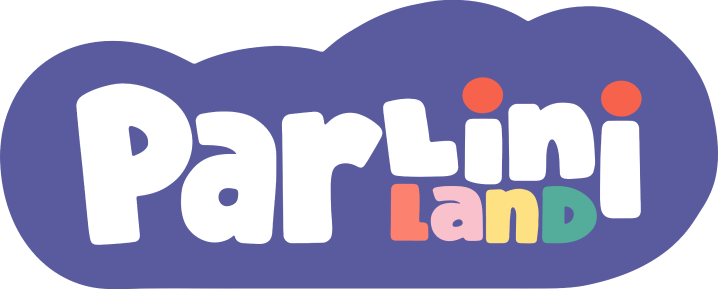As a parent, you want to equip your child with the tools they need to thrive. When it comes to language development, one of the most important skills to learn is reading. But with so many different approaches out there, it can be confusing to know which one is right for your child. Two of the most common methods are phonics and non-phonics.
This blog post will delve into the world of phonics vs. non-phonics, exploring the benefits of each approach and helping you decide which one might be the best fit for your child’s learning style.
What is Phonics?
Phonics is a method of teaching reading that emphasizes the relationship between letters and the sounds they make. Through phonics instruction, children learn to break down words into individual sounds (phonemes) and then blend those sounds together to sound out (decode) the entire word.
For example, using phonics, a child would learn that the letter “b” makes a /b/ sound, the letter “a” makes a /a/ sound, and the letter “t” makes a /t/ sound. By putting these sounds together, they can decode the word “bat.”
Benefits of Phonics
There are several benefits to using a phonics-based approach for teaching reading:
- Strong Foundation: Phonics provides a strong foundation for reading development. By understanding the relationship between letters and sounds, children can decode new words they encounter, even if they haven’t seen them before. This is especially helpful as children progress to more complex vocabulary.
- Improved Spelling: A strong understanding of phonics can also lead to improved spelling skills. When children know how letters correspond to sounds, they can apply that knowledge to write words correctly.
- Independent Learners: Phonics empowers children to become more independent learners. They can use their knowledge of letter sounds to sound out unfamiliar words, fostering confidence and a love of reading.
What is a Non-Phonics Approach?
Non-phonics approaches, also known as whole language approaches, focus on teaching reading through exposure to whole words and context. Proponents of this method believe that children can learn to read by memorizing sight words and using context clues to figure out unfamiliar words.
Benefits of a Non-Phonics Approach
There can be some benefits to a non-phonics approach:
- Focus on Meaning: A whole language approach can help children develop a strong sense of reading comprehension from the start. By focusing on meaning and context, children can learn to understand the message of a text even if they don’t know how to sound out every word.
- Exposure to Rich Language: Non-phonics programs often incorporate rich and engaging children’s literature, which can foster a love of reading and expose children to new vocabulary.
So, Which Approach is Right?
Phonics Vs Non-Phonics
Ultimately, the best approach for your child will depend on their individual learning style and needs. Here are some things to consider:
- Age: Phonics instruction is often most effective when introduced at a young age, typically between kindergarten and second grade.
- Learning Style: Some children are auditory learners and benefit from the systematic approach of phonics. Others may be more visual learners and thrive in a whole language environment.
- Challenges: If your child is struggling with reading, a phonics-based program can provide them with the tools they need to catch up.
Remember, the most important thing is to create a positive and encouraging learning environment for your child.
Phonics and non-phonics approaches can both be valuable tools for teaching children to read. By understanding the benefits of each method, you can make an informed decision about which approach is right for your child.
Download Parlini Land today, a safe-screen time app for children aged 2-5, offers a variety of educational games in different languages that can help support your child’s language development, regardless of the approach you choose. Read our previous articles or head to our main page to keep updated with our latest content.

